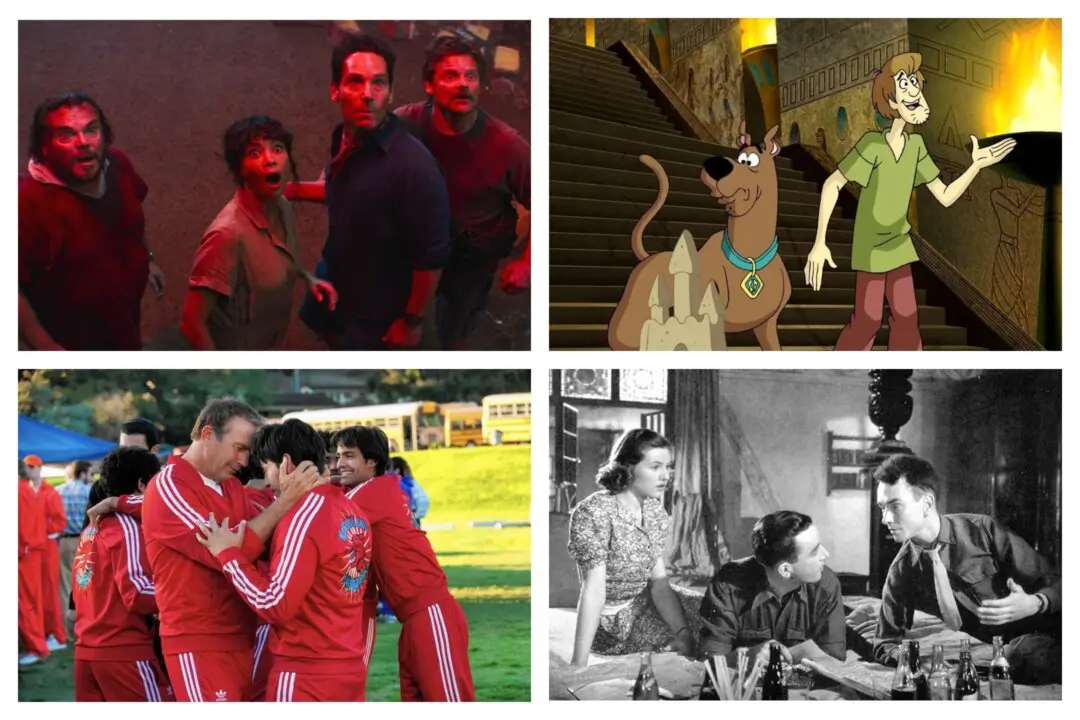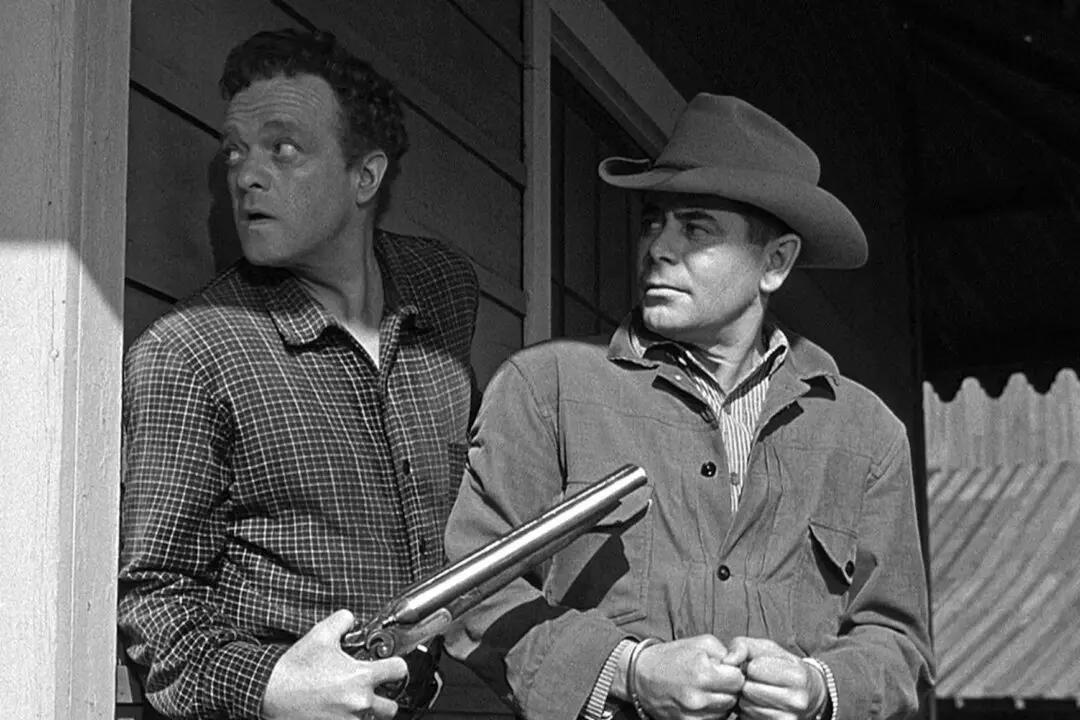NR | 1h 25m | Western | 1952
It’s always fascinating to come across actors, for the very first time, whose careers are already considered to be in their waning days. In the follow-up to 1950’s highly entertaining “Broken Arrow,” starring James Stewart and Jeff Chandler, a 1952 companion film, “The Battle at Apache Pass,” trades Stewart as the main male lead with lesser-known actor John Lund.






